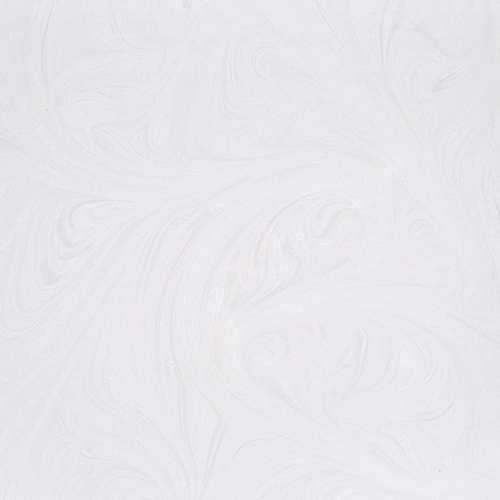
Grey Translucent Stone, often referred to as Artificial Translucent Stone, is a fascinating material that mimics the beauty and luminosity of natural stone while offering greater flexibility and control in terms of design and color. The production of this material involves several key steps:
Selection of Raw Materials: The production process begins with the careful selection of raw materials. These typically include acrylic resins, natural minerals, and pigments. The choice of minerals and pigments determines the final appearance and color of the Grey Translucent Stone.
Mixing and Blending: The selected raw materials are mixed and blended to form a homogenous mixture. The exact proportions of each component are critical in achieving the desired color, translucency, and texture.
Casting: The blended mixture is poured into molds or casts that are designed to create specific shapes and sizes. These molds can be customized to produce a wide range of design options, including slabs, tiles, and decorative elements.
Curing: Once poured, the material undergoes a curing process. This can involve exposure to controlled temperature and humidity conditions or the use of specialized curing chambers. Curing ensures that the material sets properly and achieves the desired hardness.
Cutting and Shaping: After curing, the Grey Translucent Stone is cut and shaped to its final form. This may involve cutting slabs or tiles to the desired dimensions or shaping decorative elements for specific applications.
Polishing and Finishing: The material is then polished to enhance its translucency and reveal its natural stone-like appearance. This step brings out the material's unique beauty and texture.
Quality Control: Throughout the production process, quality control measures are implemented to ensure that the Grey Translucent Stone meets specified standards. This includes inspections for color consistency, translucency, and overall quality.
Installation: Grey Translucent Stone can be installed in various applications, such as countertops, wall cladding, lighting fixtures, and more. Depending on the intended use, it may be backlit to highlight its translucent properties further.

It's important to note that Artificial Translucent Stone allows for a high degree of customization. Manufacturers can adjust the formula, pigments, and molding techniques to create a wide range of colors and textures, making it a versatile material for architects and designers.
In conclusion, Grey Translucent Stone, or Artificial Translucent Stone, is a versatile and aesthetically pleasing material created through a precise process that combines acrylic resins, natural minerals, and pigments. Its ability to mimic the beauty of natural stone while offering greater design flexibility has made it a popular choice in architectural and interior design projects.